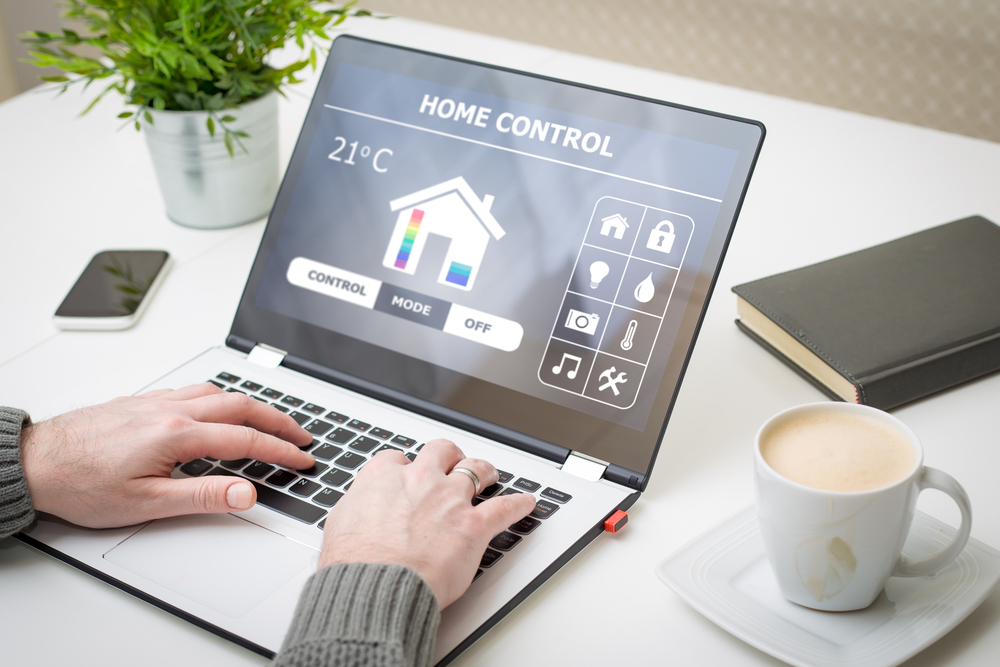Energy Efficiency Financing – Saving you Money Long Term
With ever increasing living costs, saving money where you can is important. While there are other major bills, energy is normally in the top 5 monthly expenditures. The use of energy within the household has also increased over the years, with the average household having an array of electrical items, central heating, water heaters, ovens and more.
It is hardly surprising that energy efficiency financing and potential energy savings has become both a major topic for established households, and a must for those looking to buy. If a household is energy efficient, the house is both more environmentally friendly and inexpensive to run.
Fortunately, due to the savings and environmental factor of being energy efficient, there are ways to get assistance or to spread the cost. Numerous programs and supporting policies exist to help break through the cost barrier and encourage owners to become more energy efficient.
Key Benefits to Owning an Energy Efficient Property
While lower bills are nice, there are other positive factors to owning a property that uses energy efficiently.
- Monthly Energy Bills are lower
- Reduced Environmental Footprint
- Tax Reductions and other Incentives
- Incentivised Mortgages
- Increased Property Value
- Sellable Property (as the work has already been done and it’s cheaper to run)
The benefits are truly extensive, and far outweigh any disadvantages.

How Can You Use Energy Efficiency Financing to Make Improvements?
There are many options for energy efficiency financing, including paying from savings, getting loans, or using rebates. However, there are also some quite advantageous financing options that are specifically aimed at property owners wanting to make energy saving improvements.
Leasing is good if you don’t mind not owning the equipment and have calculated significant energy savings. With this approach, the property owner or resident (with permission of the owner) would borrow the required energy saving equipment, then pay a monthly rental fee.
This option normally doesn’t require a large up-front payment, and is an affordable option. Leasing can be particularly effective for equipment that is upgraded or outdated quickly, so long as the lease allows for upgrades or replacements. If not, upon renewal you may be able to request the latest technology before continuing the lease.
Mortgages or loans are available and can be favorable towards those making energy improvements to a property, or if a property is already energy efficient. This makes updating a property quite an attractive option, as not only can you get the improvements made, but a potential buyer can also get better tax rates when they purchase the property (should you want to sell later).
These types of loans and mortgages are referred to as Property Assessed Clean Energy (PACE) financing plans. They use the property tax savings as a way of financing the property improvements. Availability and terms vary from area to area, but many states have some PACE system in place, or in process. This option may also be available for some personal home projects.
There are also mortgages that take into account potential energy savings into mortgage assessments. This means new buyers or remortgaging owners can include the cost of improvements into this specialist energy efficiency financing structure. Some even offer better rates.
Energy performance contracts (EPC) are an interesting option, especially if you plan to live in the property long term. An Energy company will oversee the purchase, installation and setup of energy saving options, but then claim back the costs from the savings that are made on the monthly bill. Initially this means that technically your bills won’t reduce until the repayment of the original costs are made, but also that there is no initial outlay required.
This is also beneficial to the energy companies, as saving energy makes their customers happy and also will involve a longer-term contract and/or additional clauses that aid in retaining customers long term. Energy companies also get support from energy saving government loans that support companies that have a responsibility to reduce energy consumption and related environmental impacts. Simple things such as implementing energy monitoring systems can help customers save money and use resources more efficiently.
Conclusion – Is it worth it?

Energy efficiency is not a dying trend and it adds value. The conversions also save money long term. There are numerous energy services that help to find ways to reduce utility costs and compare savings
Finance options will vary, depending on the size of the project and government incentives. However, it is a great investment in the future of your property and the planet. Just be sure to run your costs to savings analysis before starting a project, to assess its economic impact and affordability if finance is going to be required.


